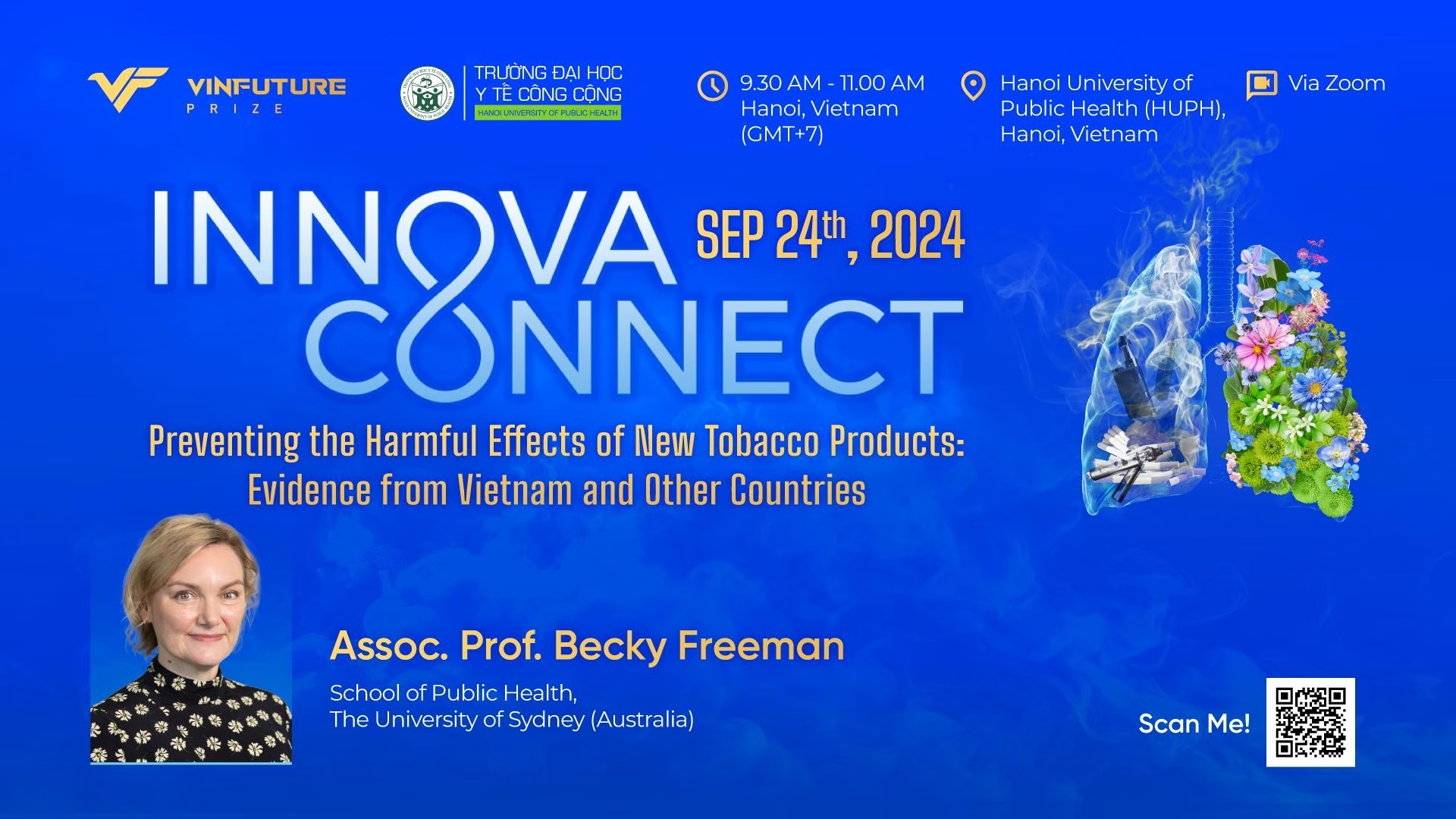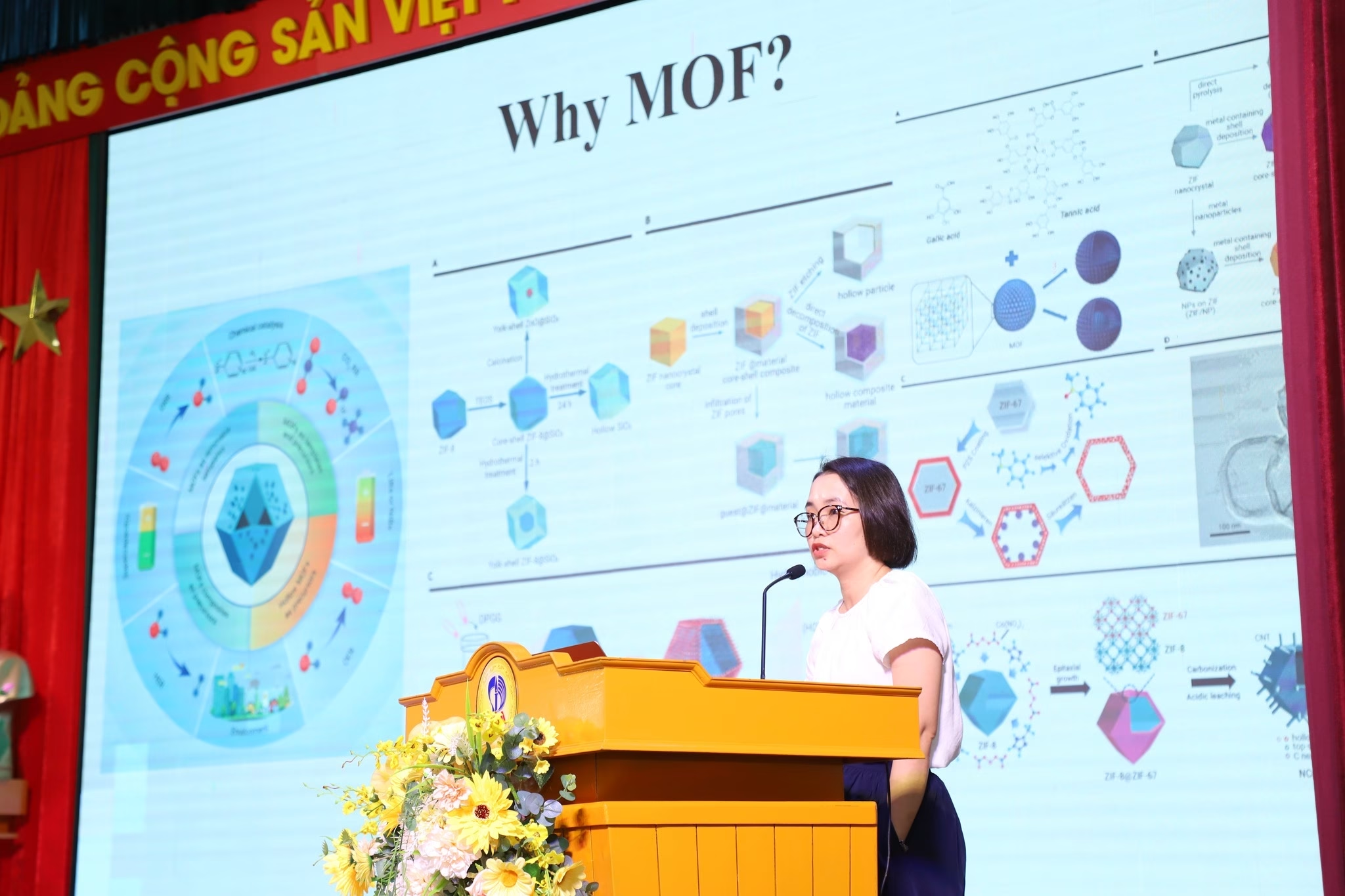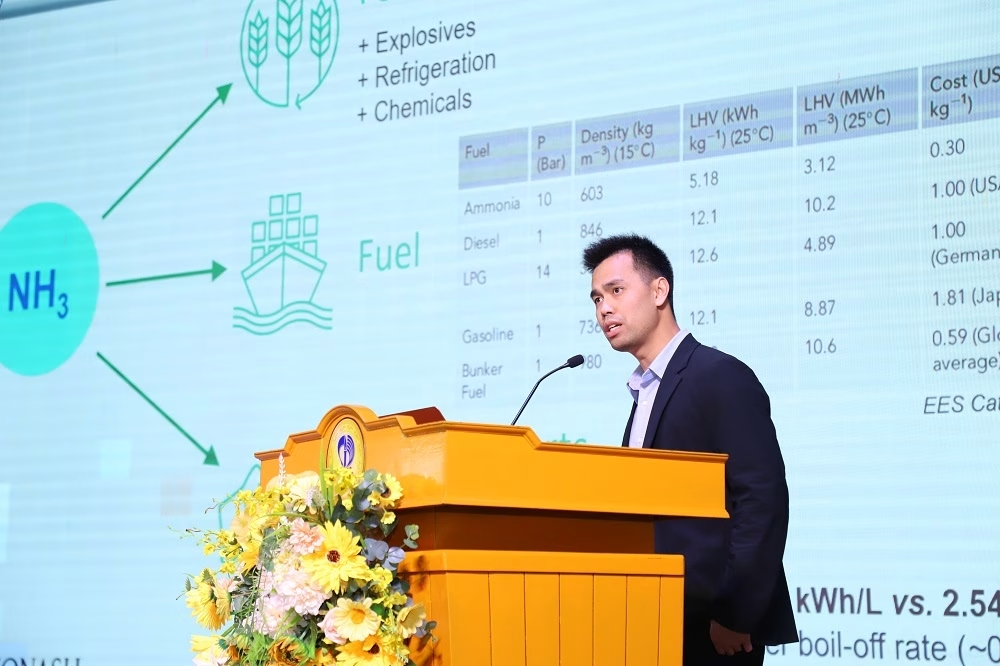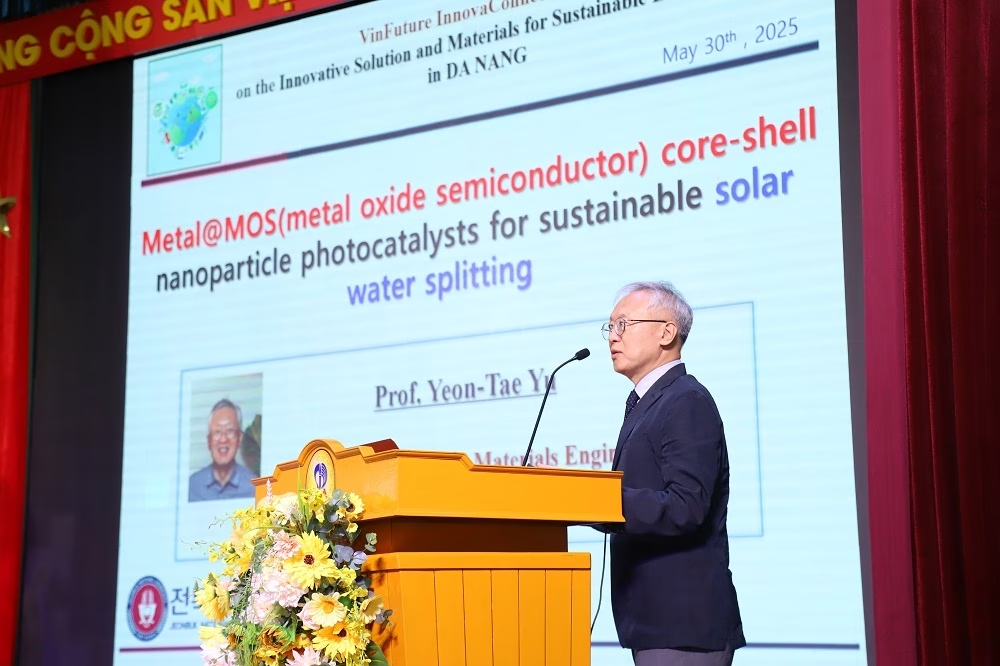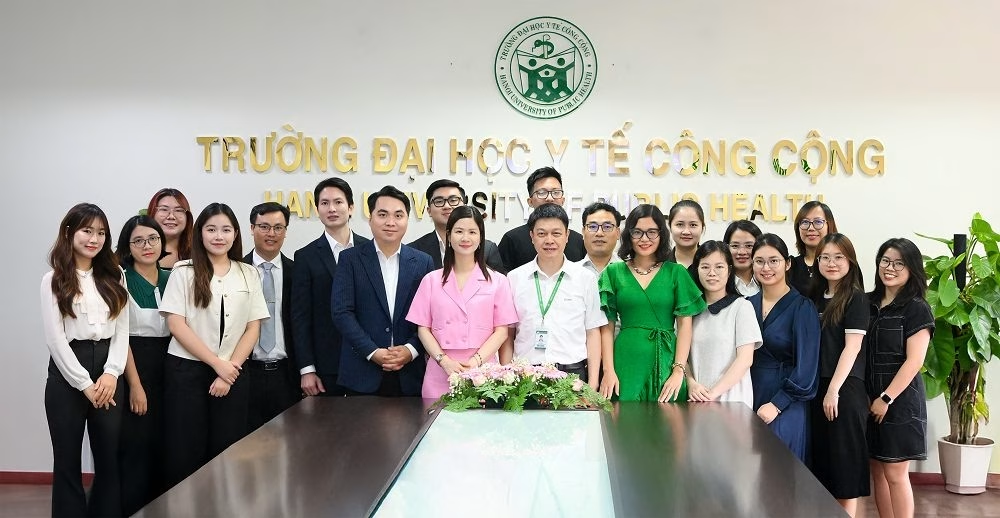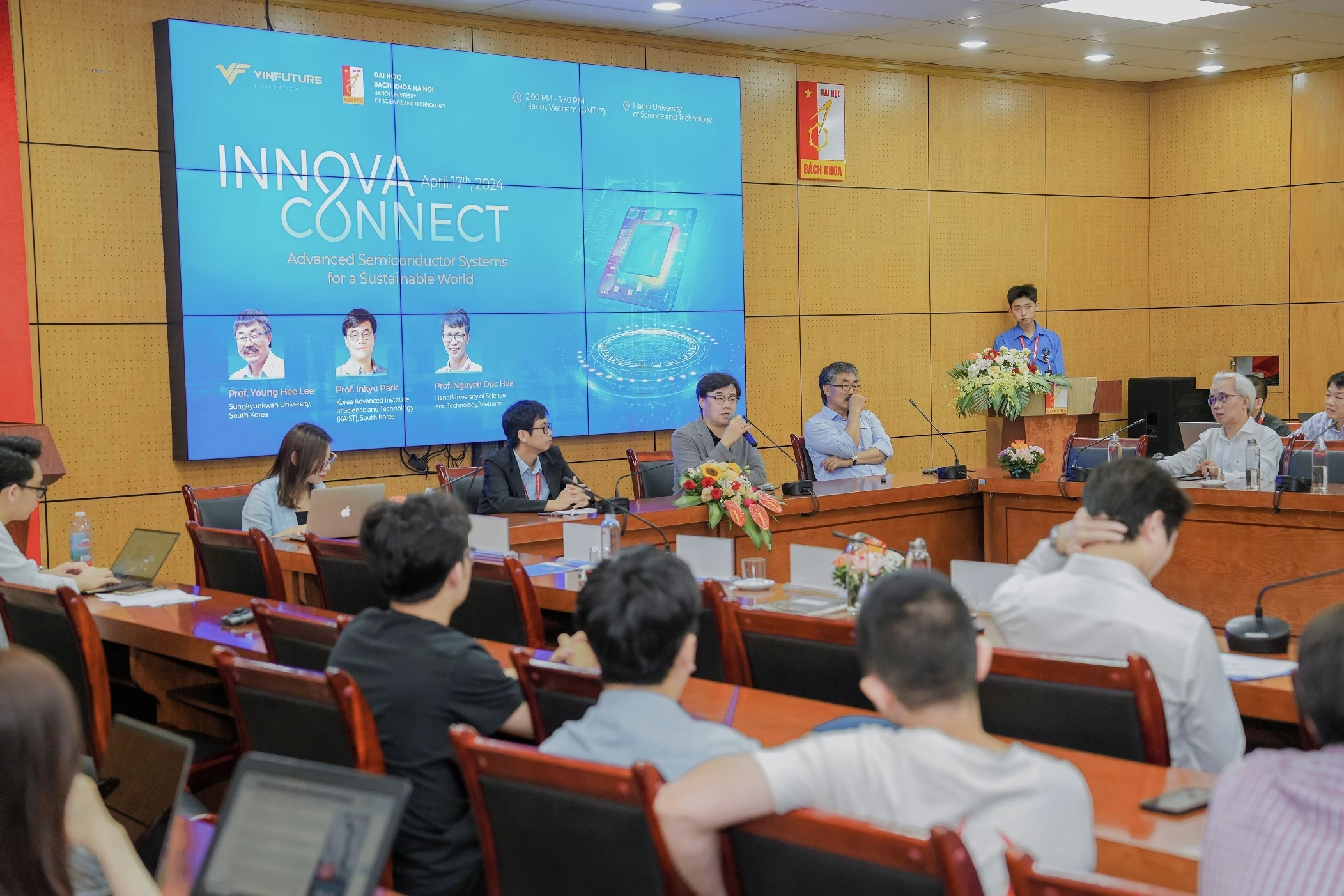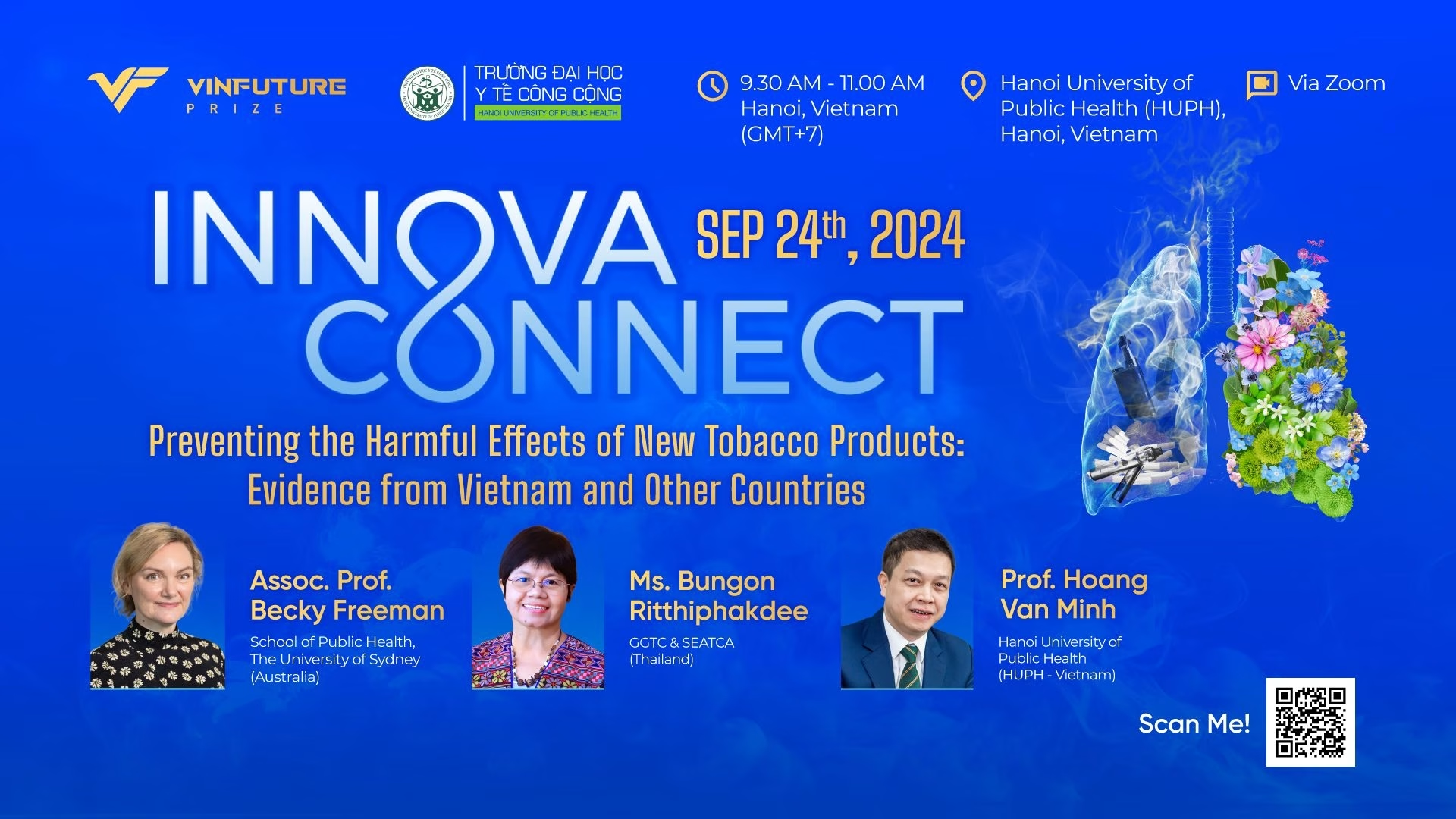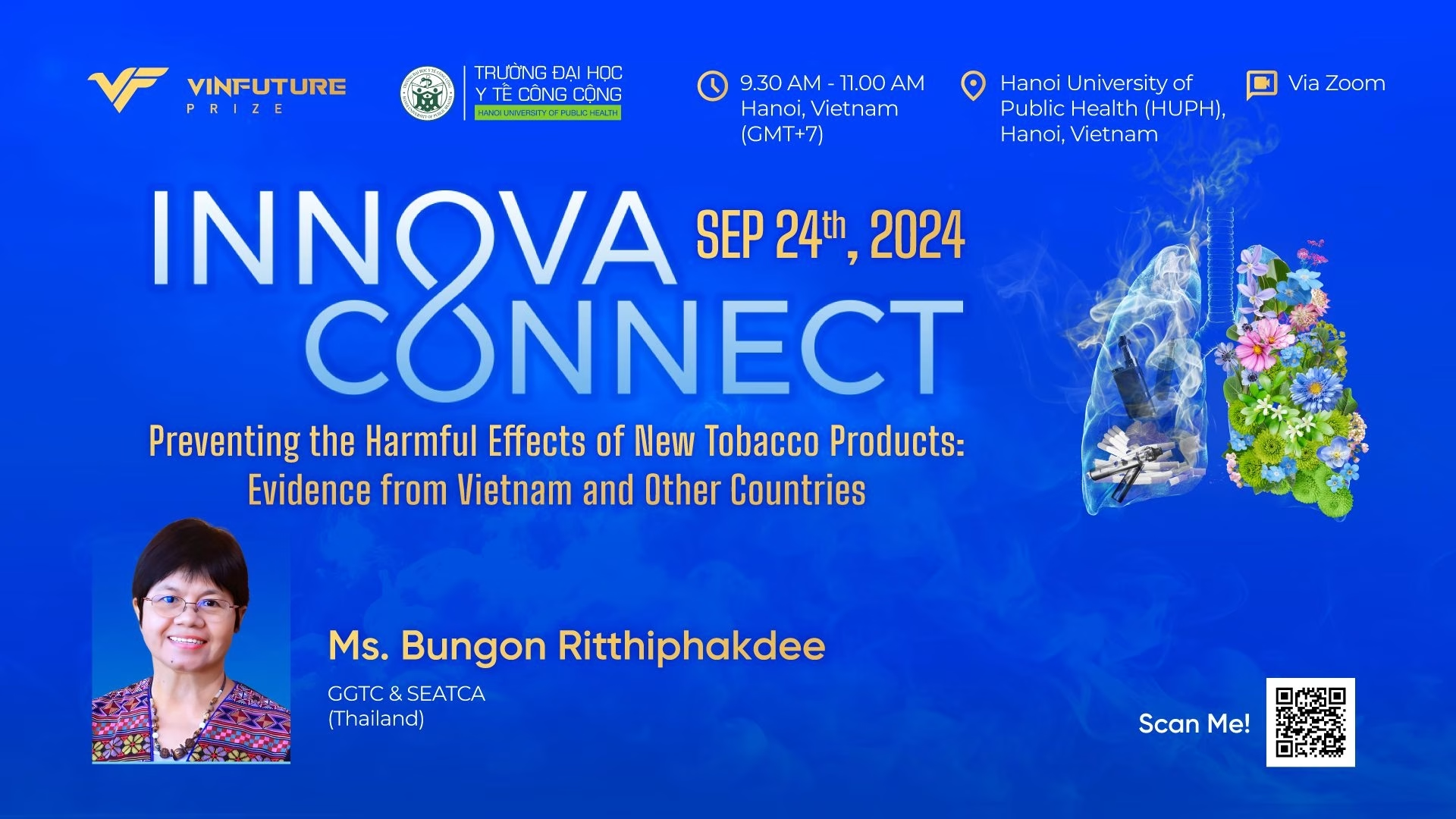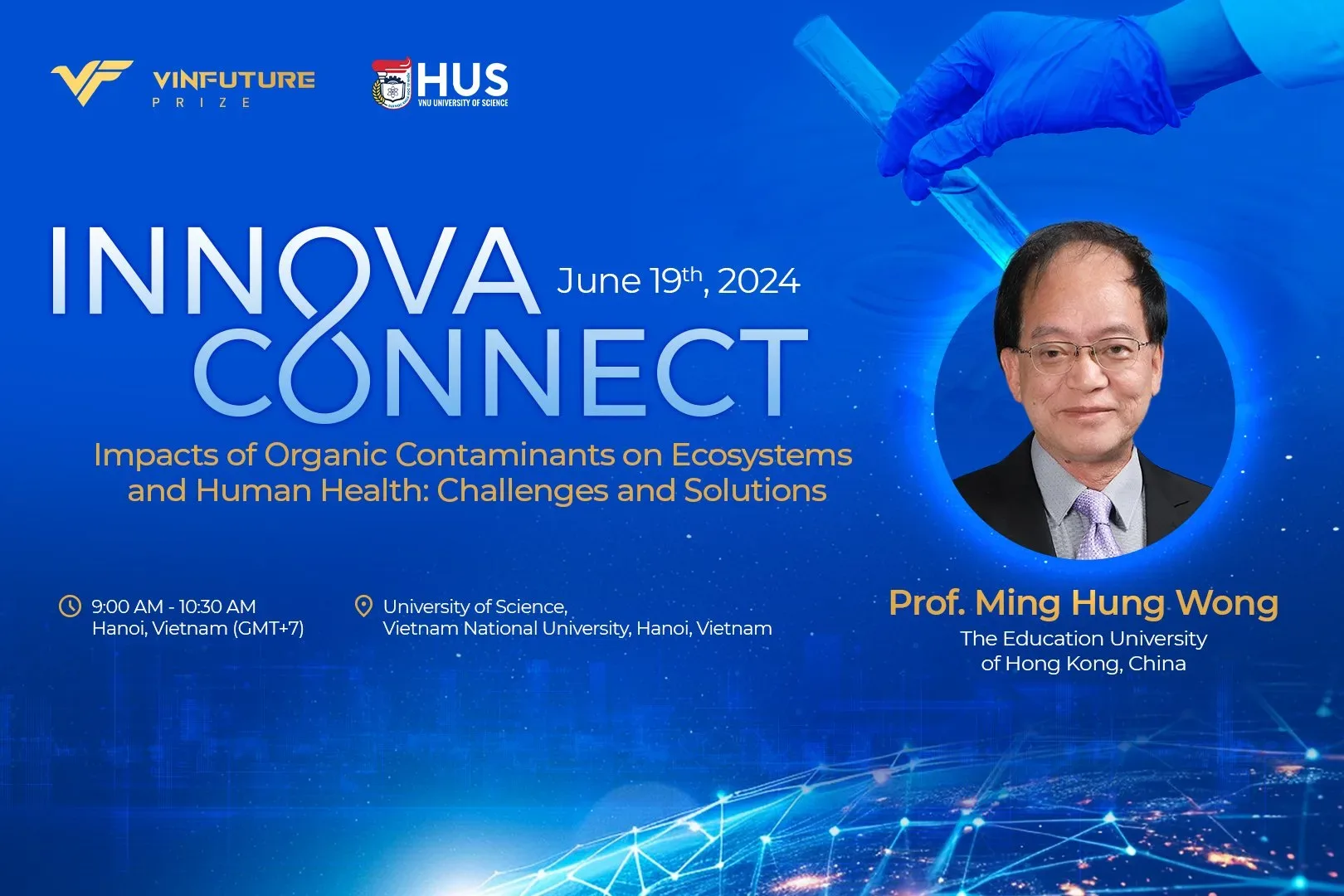MC: Given your extensive experience in tobacco control, how have you witnessed the field evolve, particularly in terms of regulating and preventing tobacco use among younger generations?
Assoc. Prof. Becky Freeman: Over my years in tobacco control, the field has seen a remarkable transformation, especially when it comes to protecting young people. Australia’s smoking rates have dropped from nearly 30% to less than 10% today. But this success didn’t happen overnight. It took a multi-pronged approach: banning smoking in public and tobacco advertising, introducing plain packaging, and running impactful health campaigns.
The recent rise of e-cigarettes, especially among young people, has been alarming. We’ve seen nicotine use surge despite falling smoking rates, creating a new public health challenge. To address this, we’ve implemented strict regulations, making it harder for young people to access vaping products. They’re no longer sold in convenience stores; you now need a prescription from a pharmacy and must be using them to quit smoking.
MC: Your work has focused extensively on the intersection of the Internet, advertising, and tobacco control. How do you see the role of global digital platforms in both promoting and combating the use of tobacco products and e-cigarettes?
Assoc. Prof. Becky Freeman: The way we consume media has shifted dramatically over the past decade. We’ve moved from family TV time to individualized streaming and a heavy reliance on social media. While these platforms offer entertainment and connection, they’ve also become prime targets for the tobacco industry to reach young people.
We witness smoking being glamorized in popular OTT (Over-the-top) shows, influencers promoting tobacco and e-cigarettes, and even the tobacco industry itself utilizing social media to rebrand and influence policy. They’re trying to portray themselves as a changed entity, no longer the “terrible company” they once were.
I’m glad the World Health Organization’s Framework Convention on Tobacco Control (FCTC) has recognized this issue. Their recent guidelines urge countries to tackle tobacco promotion on cross-border media, including the internet and digital platforms. We need to ensure that tobacco advertising laws keep up with the times and cover these new forms of media where young people are spending so much of their time.
MC: The tobacco industry has long been known for its marketing strategies aimed at circumventing regulations. How do you see the commercial determinants of health playing out in the context of modern tobacco control, and what are the most effective ways to counter these influences?
Assoc. Prof. Becky Freeman: The tobacco industry has a long history of deceptive marketing and attempts to circumvent regulations. Now, they’re trying to reinvent their image, acknowledging past lies about addiction and harm, and claiming a focus on “harm reduction” products like e-cigarettes and heated tobacco.
However, this is essentially a recycling of old marketing tactics applied to new products. The science supporting these products as truly beneficial is weak at best. While e-cigarettes might play a role for a small group of smokers struggling to quit, there are many other evidence-based options to try first.
We can’t be fooled into thinking this is a new industry. It’s the same industry, peddling nicotine to young people and profiting from addiction. It’s crucial that we keep the tobacco industry out of public health policy and programs if we want to raise a tobacco-free and nicotine-free generation.
MC: Could you provide a brief overview of the key points you’ll be discussing in your presentation at the InnovaConnect event?
Assoc. Prof. Becky Freeman: In Australia, we witnessed a clear rise in vape and e-cigarette use among young people, but we lacked concrete data on the ‘why’ and ‘how’. We needed information to inform effective policy.
Our research revealed something alarming: even teenagers as young as 14 found it incredibly easy to buy vapes. They were cheap, flavorful, disposable, and readily available. These young people had negative views on smoking, having grown up with high prices, graphic warnings, and no advertising. Vapes were positioned as something different, something “cool” and seemingly safe.
The ease of access was a major concern. If 14-year-olds can easily buy addictive products, our policies are clearly failing. We realized we needed to get these products out of shops frequented by young people and ensure they only reach the small group of adult smokers who might genuinely benefit.
MC: The Generation Vape study offers invaluable insights into vaping behaviors among young Australians. Were there any patterns or trends among young people that were unexpected, and how do you think they might translate to other countries, such as Vietnam?
Assoc. Prof. Becky Freeman: The Generation Vape study has been eye-opening. When we started two years ago, parents were largely clueless about vaping. They didn’t know much about the devices, the potential harm, or who was using them. Meanwhile, their kids were far more informed. Parents had to play catch-up, trying to understand these strange devices and why their kids were attracted to them.
Interestingly, teachers were already aware of the issue. They saw kids using vapes in school and were the first to raise the alarm. They became valuable allies in our efforts to address the problem.
As we’ve conducted more education campaigns about the harms of vaping, we’ve seen a positive shift. Initially, young people didn’t see a reason to quit, believing vaping was harmless. But now, more and more want to quit. They’re worried about their dependence and don’t want to be controlled by addiction. We’ve heard horrible stories from some young people that they’re actually keeping a vape under their pillow at night so that when they wake up, they can take a puff on it. And no one wants to be controlled by addiction, young people don’t want something that they thought was fun and harmless to be controlling their lives.
It’s encouraging to see young people recognizing the risks and wanting to break free. This highlights the importance of education and awareness campaigns in combating the vaping epidemic. The Generation Vape studies have played a pivotal role in shaping Australian 2024 vaping models.
MC: Generation Vape has played a pivotal role in shaping Australia’s 2024 vaping laws. What lessons from this research can be applied to developing countries, where regulatory frameworks around e-cigarettes are still evolving?
Assoc. Prof. Becky Freeman: There are various approaches countries take to regulate vaping. Some opt for a complete ban, acknowledging the potential harm and lack of strong evidence for smoking cessation. This is valid if there’s political and public backing.
Others treat vapes as consumer goods, leading to high youth vaping rates. This is a path I strongly advise against, given the negative consequences we’ve seen with cigarettes.
Australia seeks a middle ground. We recognize vapes might help some quit smoking, but shouldn’t be easily accessible to youth. Hence, our pharmacy-only model with strict purchasing restrictions.
A key lesson for other countries, especially developing ones where e-cigarette regulations are still evolving, is to link research and policy from the start. We designed the Generation Vape study with policymakers involved, ensuring real-time feedback and evidence-based decisions. This led to impactful change within two years.
I’m concerned about countries like Vietnam, with minimal vaping restrictions. It’s a rising problem that could undo progress in tobacco control. Vaping itself is harmful, particularly for non-smokers, and can lead to smoking. It’s crucial to act now to protect young people and prevent a new public health crisis.
MC: Your work has had a tremendous impact on tobacco control and public health. What inspires you to continue this fight, and what message would you give to the next generation of researchers and policymakers who are working to combat the harms of tobacco and vaping?
Assoc. Prof. Becky Freeman: It’s astounding that we allow the sale of a product that kills two out of three long-term users, right next to everyday essentials like bread and milk. It’s unjust and wrong. That’s why I’m in this fight.
I don’t want to see more families devastated by big tobacco. I don’t want to see more addiction and death from a product sold under false pretenses, backed by an industry profiting at the cost of human lives.
To young people considering a research career, remember it’s not just about white coats and stethoscopes. You can research community, environment, and the commercial determinants of health. It’s an exciting field with immense potential for change. I hope more young researchers join us in this fight.
